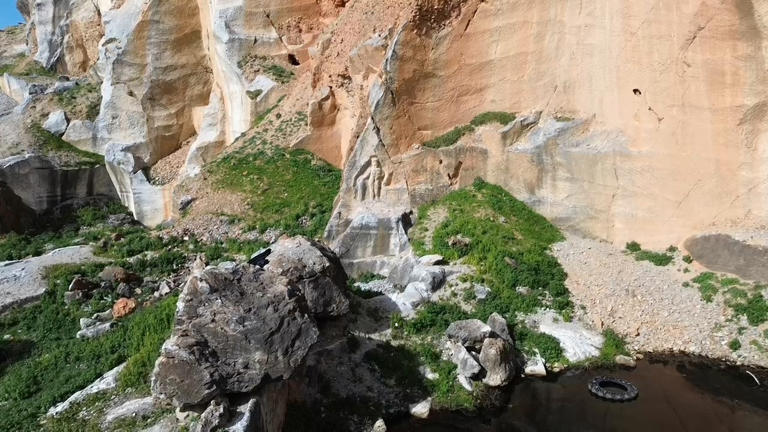
2,000-year-old Hercules rock relief being vandalized
The 2000-year-old Hercules rock relief in Iznik district of Bursa province in Turkey is being vandalized. The Hercules relief, which is thought to have been made by stone workers working in the region during the Roman period, was irreversibly damaged by unidentified persons or persons. The relief was vandalized to search for treasure. According to
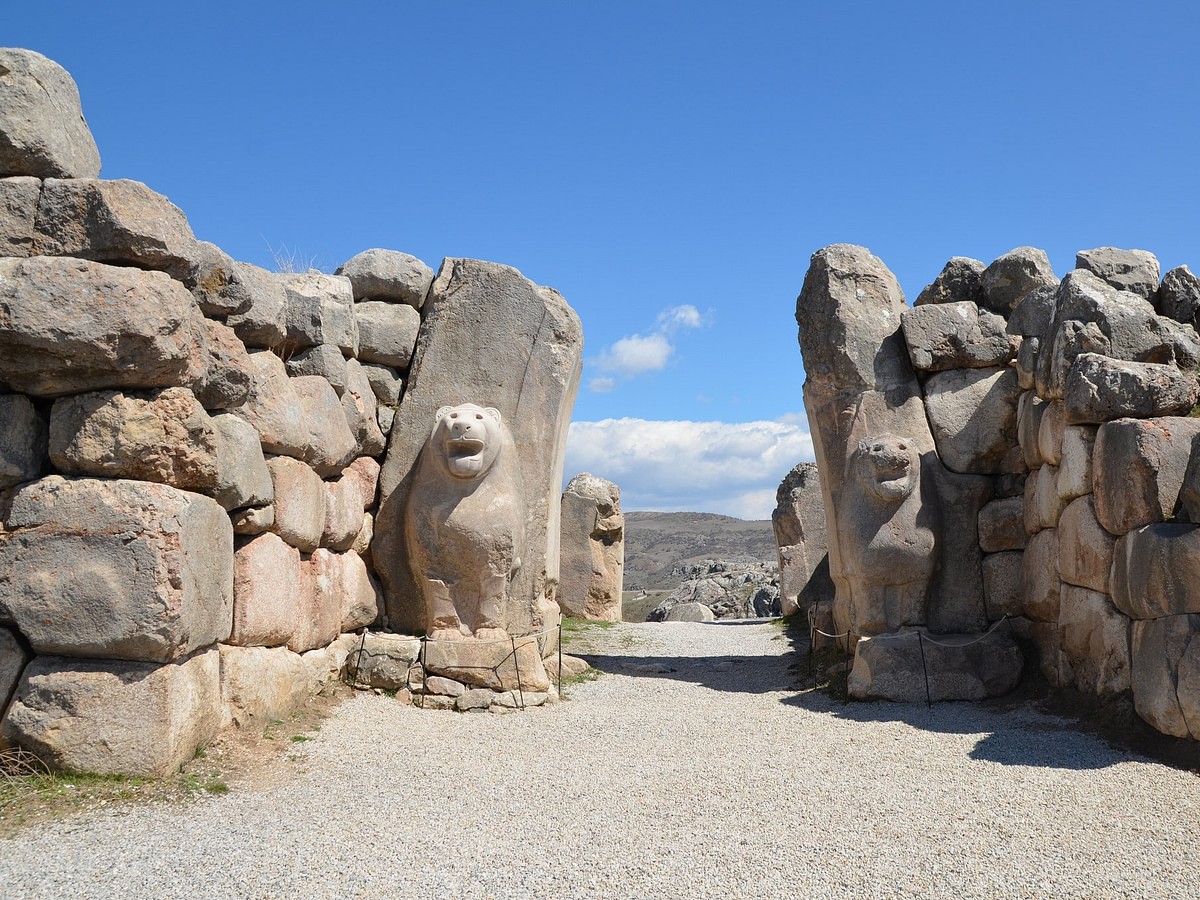
Trade, Money and Interest in the Hittite Economy
The Hittite state was founded in 1650 BC. It grew stronger over time and took its place in history as one of the great empires of the ancient world. The archives found in Hattusa, the capital of the Hittites, have also provided important information about this society. All of the records found, especially in the
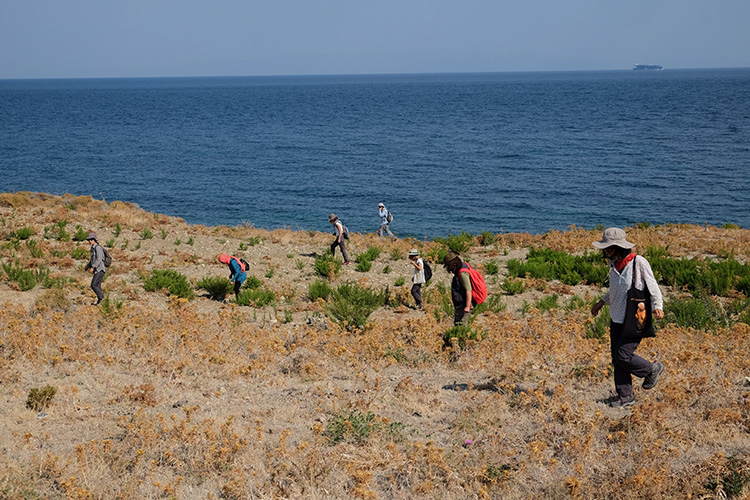
A surface survey in Karaburun has revealed data related to the lives of hunter-gatherer humans from 11,000 years ago
It was announced that archaeological evidence of nomadic, gatherer-hunter groups that lived in the region 11 thousand years ago was found during the surveys carried out in Karaburun district of Izmir. Surface surveys in Karaburun are being conducted under the leadership of Prof. Dr. Çiler Çilingiroğlu. According to the statement made by Ege University, historical

The world’s largest natural skyscraper Uchisar Castle
It would not be an exaggeration to call Uchisar Castle, the largest fairy chimney in the Cappadocia region, the largest natural skyscraper in the world. Located 5 kilometers away from Nevşehir, Uchisar can be seen from everywhere. Besides, from the summit of the castle, Kapodakya can be watched from a bird’s eye view. Uchisar Castle
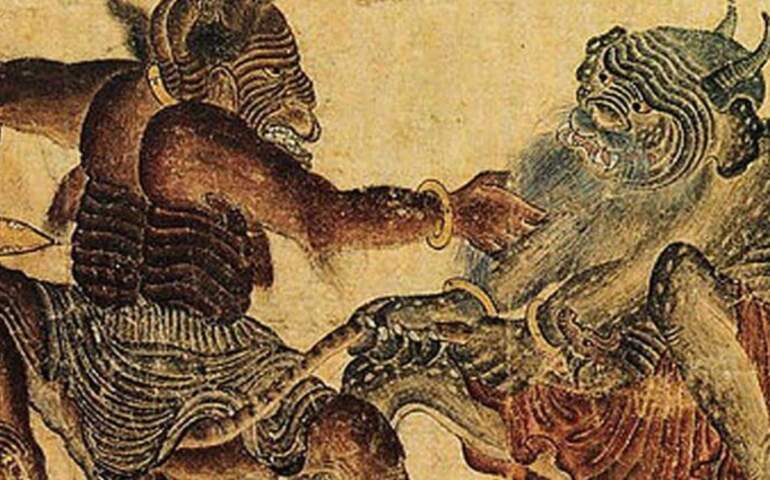
Evil spirits in the belief of Khakass Turks
The Khakass Turks are a nomadic Turkic tribe inhabiting the region along the Yenisei River from the Sayan mountains to the northern sea. The Khakassians are also known as Abakan Turks, Yenisei Kirghiz, Minusinsk Tatars or Abakan Tatars. Khakassians lived under the rule of the Huns 2 thousand years ago and learned writing while they
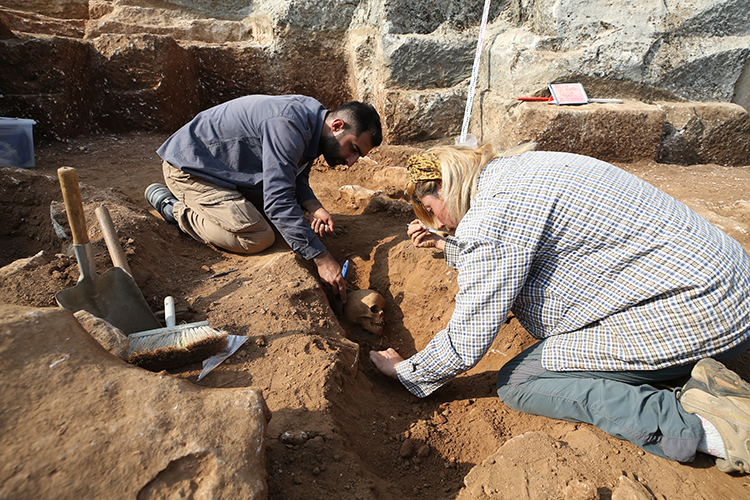
Graveyard of 54 children found in an old quarry
In the Kulp district of Diyarbakır in southeastern Türkiye, a graveyard of 54 children between the ages of 0-6 buried in what is believed to be an old quarry has been unearthed. Archaeologists find it surprising that only children are buried in the area where 54 graves have been found so far. The remains of
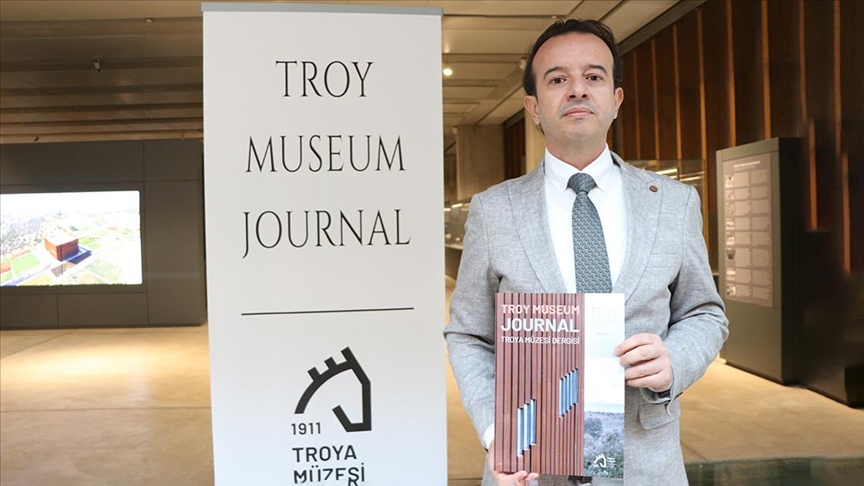
The Troy Museum, selected as the European Museum of the Year, is preparing the “Troy Museum Journal” magazine for publication
The Troy Museum, which was selected as the European Museum of the Year last year, is breaking new ground with its social media activities. Troy Museum is preparing a digital magazine called “Troy Museum Journal” for publication. In addition to the European Museum of the Year award, the Troy Museum, which has received awards such

A 2000-year-old Urartian object was unearthed in the excavations of Divriği castle, which started with the information in Evliya Çelebi’s Seyahatname
Excavations at Divriği Castle in the Divriği district of Sivas province, located in northeastern Turkey, unearthed many finds, especially a 2000-year-old Urartian metal object. Divriği has been home to many civilizations. Therefore, Divriği has rich architectural structures. One of them is the Divriği Great Mosque on the World Heritage List. 600 years ago, Evliya Çelebi,
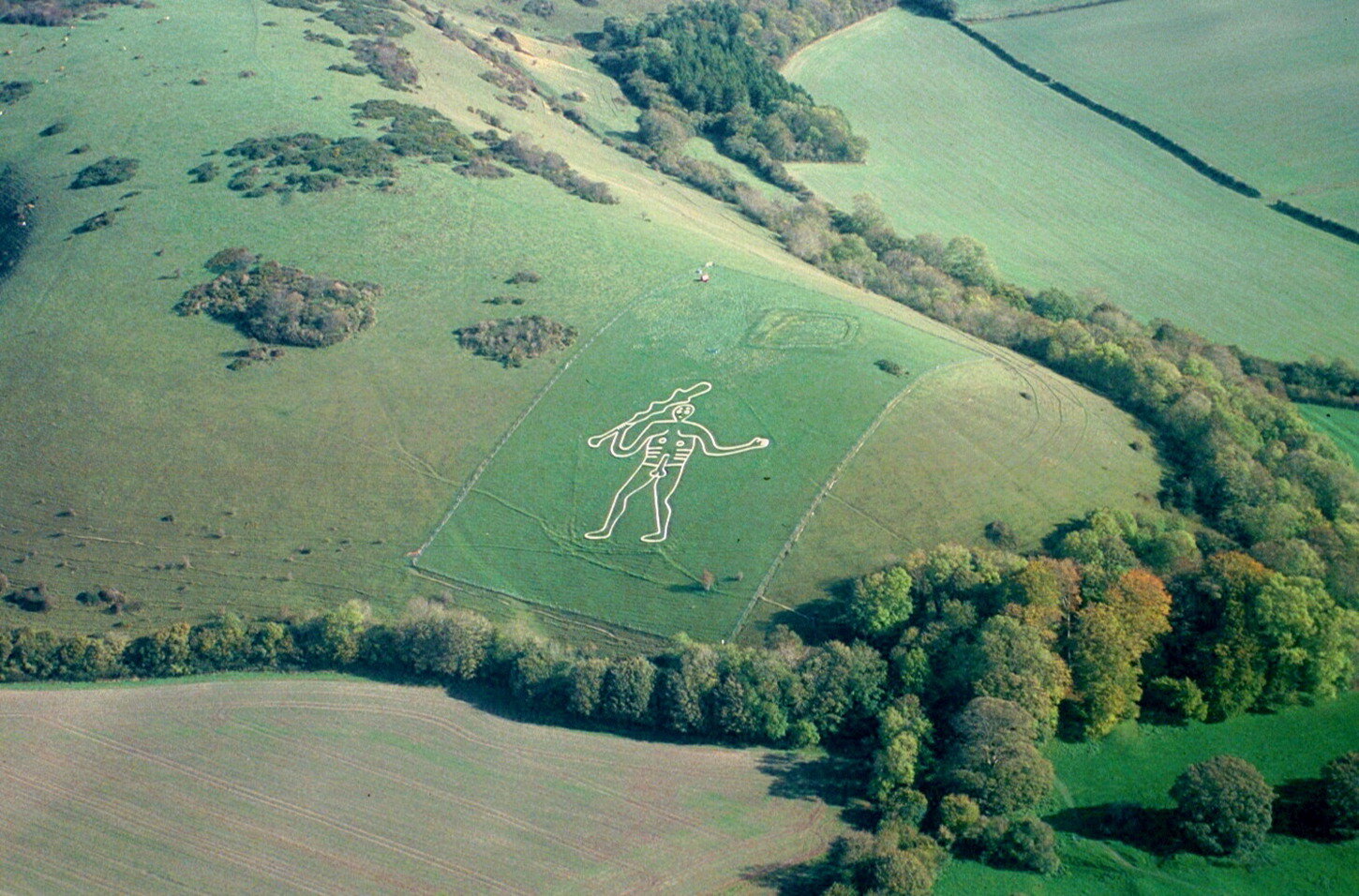
New research shows the Cerne Abbas Giant was a muster station for King Alfred’s armies
New research from the University of Oxford concludes that the Cerne Abbas Giant was originally carved as an image of Hercules to mark a muster station for West Saxon armies. The figure was later reinterpreted by the monks of Cerne Abbas as their local Saint Eadwold. Research, undertaken by Martin Papworth for the National Trust,

2600 year old Median period structures found in Oluz Mound excavations
During the ongoing excavations in Oluz Mound in Göynücek district of Amasya, 2600-year-old Median period structures were found. In the last excavation season, pottery and ceramics belonging to the Medes were unearthed, while this year’s excavations revealed an altar and architectural structures belonging to the Medes. The Medes are one of the ancient Iranian peoples
